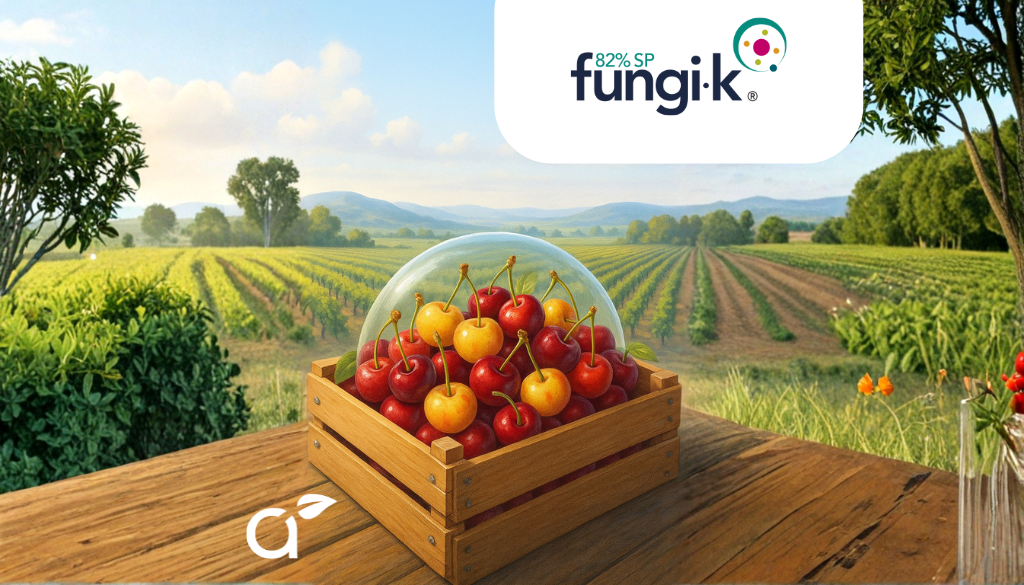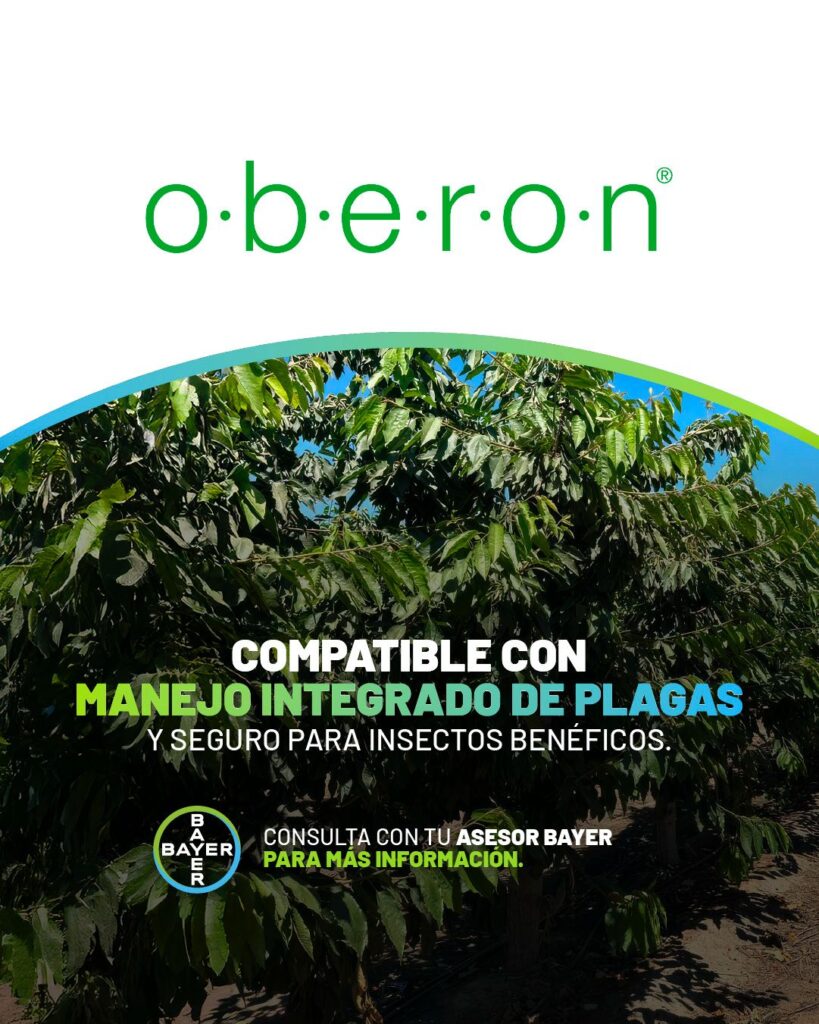End-of-season analyses are, without a doubt, one of the most important annual milestones in our agriculture. Once the last box has been packed or the last bin has been harvested, together with the reports of reception at destination, it is necessary to make a thorough evaluation of what was good, average and, of course, what was bad.
End-of-cycle analyses keep the team busy during the “off” months, designing new plans and strategies to avoid making the same mistakes, and of course, they are the best time to continue dreaming of that longed-for better result.
After many years of participating in these analyses, we are convinced that, unfortunately, a significant part of them ends up being of little benefit and implemented with partial success the following season. On the other hand, it is also true that a large part, if not all, of the analysis is done on the results, that is, when the loss has already occurred.

Due to the deep-rootedness of habitual practices, the comfort of “always doing the same thing,” plus the difficulty, uncertainty and cost of change, this expected post-mortem analysis ends up being more noise than nuts, especially when winter has passed and the season is already upon us. In the heat of battle it is very difficult to implement changes and at this point it is better to row as quickly and as well as possible. the load will be arranged on the way. This often leaves the extensive post-mortem analysis in the folder of the previous season.
April, May, June, July, and even September are the best months to continue to delve deeper into this post-mortem, define the most critical points and their real economic impact, and determine the hopefully ambitious but achievable objectives so that they motivate the entire team to improve.
A good complement to take further advantage of this analysis could be:
- To present the 3 points that represent the greatest uncertainties (or losses) in my operation and not to take on more than is reasonable, hopefully starting little by little, we are not fans of the drastic and radical in this industry, we have learned that it does not work either.
- Define who is in charge of these areas, determine their potential in terms of knowing how to do it, wanting to do it and being able to do it.
- Visualize the critical points of each improvement objective and design how you and your team would like to quantify the progress or setbacks of this objective.
- Design an appropriate information capture system that is simple and reliable but useful for follow-up.
- Propose a plan on how the team and with what tools will base a significant part of its energy on achieving improvements in the proposed objectives.
At Compás Agro Sistemas we are not very enthusiastic about post-mortem analysis, not because it is useless, but because as we mentioned before, the minute this analysis is done, IT IS ALREADY TOO LATE, some loss has already been generated, some accident has occurred, some work has been repeated, some fruit has been thrown away, etc. We believe much more in continuous, frequent and constant improvement, always seeking:
- Avoid losses and improve the use of resources through ongoing and systematic analysis.
- Strengthen task monitoring work.
- Strengthen the team's analytical and management capabilities.
- Develop leadership of managers, administrators and all decision makers.
- Encourage the growth of individuals, but also of the team.
Our experience lies in not only avoiding long post-mortems, but also facilitating the changes that are so difficult.
Contact us to find out what we do and how we can help you in this process of change.
To learn more about our work, schedule a meeting at:








